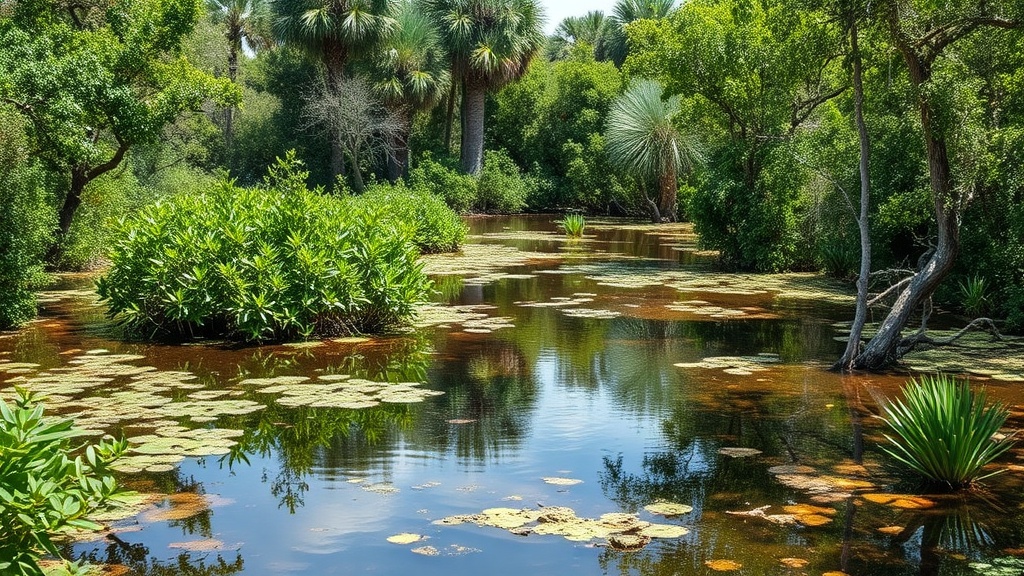Everglades: Why this subtropical wilderness matters and how to help protect it
The Everglades is a globally significant subtropical wetland system known for its broad sawgrass marshes, slow-moving “river of grass,” mangrove-lined estuaries, and unmatched wildlife diversity. Stretching from freshwater river systems to coastal bays, it functions as a living filter, a storm buffer, and a vital nursery for fish and birds — making its health essential for people and nature alike.
What makes the Everglades unique
– Hydrology: The Everglades depends on seasonal sheet flow — shallow, slow-moving freshwater that spreads south from the Kissimmee basin through sawgrass marshes into Florida Bay.
This gentle flow shapes habitats and supports a mosaic of wetlands, hardwood hammocks, and mangrove islands.
– Diverse habitats: From freshwater sloughs to coastal estuaries, the landscape supports species adapted to varying salinity and water depths.
Mangroves protect shorelines and sequester carbon, while freshwater marshes support wading birds and endemic plants.
– Wildlife: Iconic species include the American alligator, wading birds like herons and roseate spoonbills, manatees in calmer waters, and elusive mammals such as the Florida panther in surrounding uplands. The region is also a crucial stopover and wintering area for migratory birds.
Major threats to the ecosystem
– Altered water flow: Canal systems, levees, and water management for agriculture and urban areas have fragmented natural flows.
Disrupted timing and volume of freshwater reduce habitat quality and alter salinity in coastal zones.
– Nutrient pollution: Runoff high in phosphorus and nitrogen from agricultural lands fuels algal blooms and invasive plant growth, which can choke native sawgrass and harm water quality.
– Invasive species: Non-native plants and predators, notably the Burmese python in parts of the ecosystem, prey on native wildlife and upset ecological balance.
– Development pressure and climate risks: Urban expansion and sea-level rise increase stress on habitats, while stronger storm surges threaten both wildlife and people.

Restoration and management efforts
Large-scale restoration initiatives focus on reconnecting water flow, improving water quality, and protecting remaining natural areas.
Strategies include removing barriers to flow, storing and distributing freshwater more naturally, and cutting nutrient inputs at the source. Conservation partners — public agencies, non-profits, and local communities — work together on science-driven projects to restore marsh health and coastal estuary balance.
How visitors can experience the Everglades responsibly
– Choose guided canoe, kayak, or airboat tours operated by licensed guides who prioritize conservation and safety.
– Observe wildlife from a distance and avoid feeding animals; human food disrupts natural behaviors and can be dangerous.
– Stay on designated trails and boardwalks to protect fragile marsh vegetation and prevent erosion.
– Practice Leave No Trace principles and dispose of waste properly to reduce pollution.
Ways to support protection
– Support organizations working on habitat restoration, water-quality improvements, and invasive species control.
– Advocate for policies that prioritize natural water flow and sustainable land use planning.
– Volunteer for cleanups, citizen-science monitoring, or native-plant restoration events.
The Everglades is more than a scenic destination — it’s a living system whose health underpins coastal resiliency, biodiversity, and local livelihoods. Protecting its water flow, reducing pollution, and promoting responsible visitation are practical steps anyone can take to ensure this remarkable ecosystem endures for future generations.